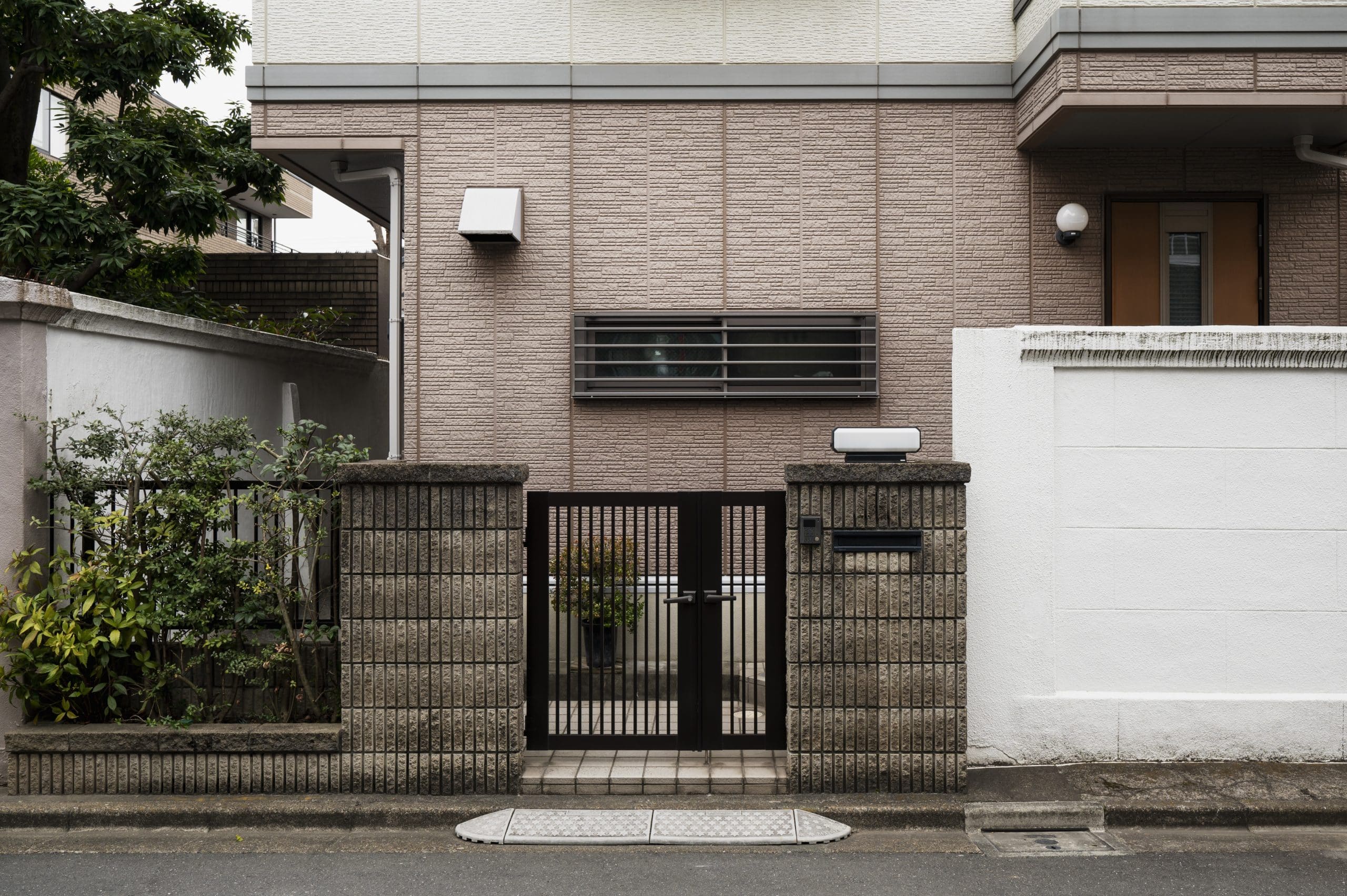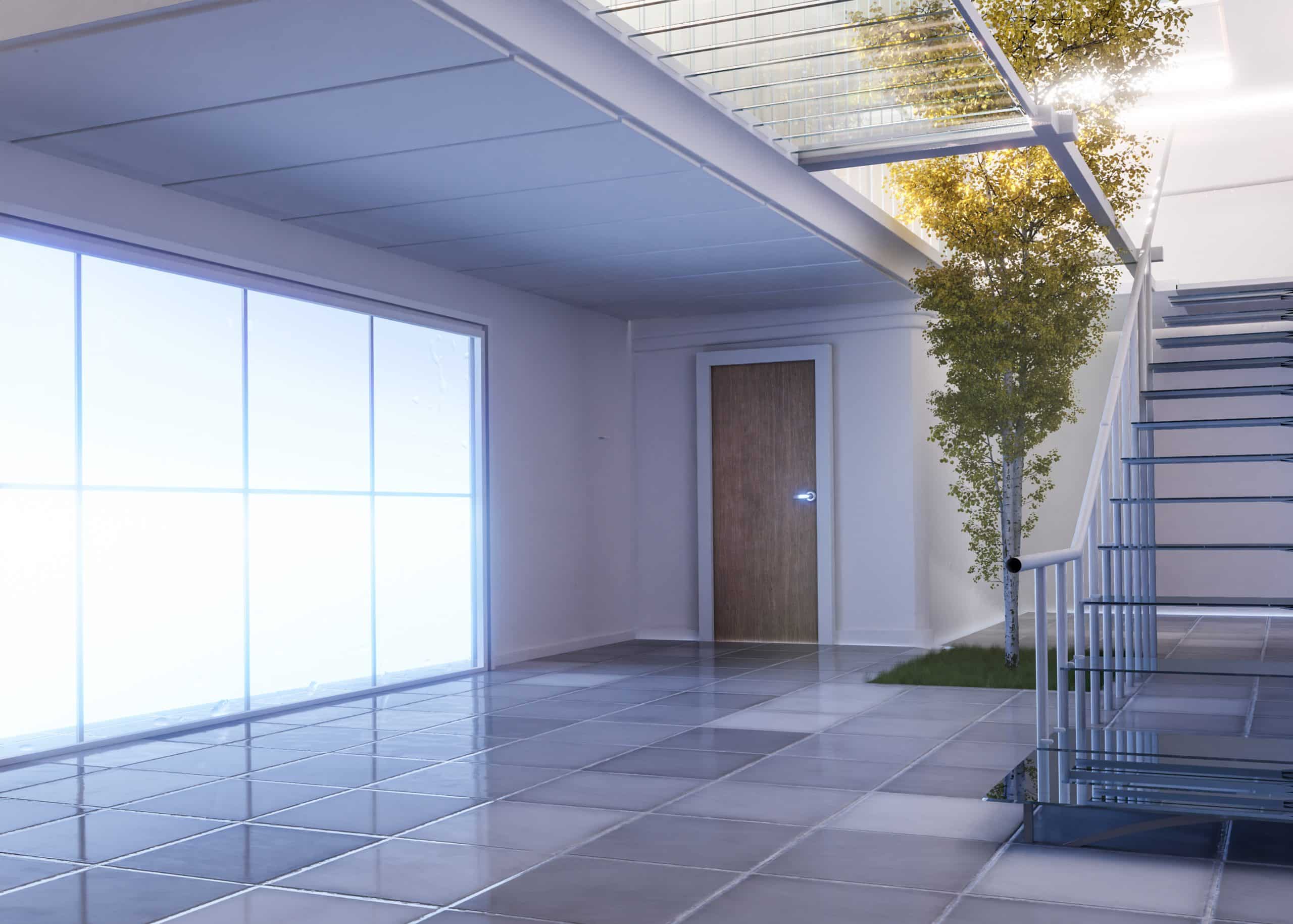Embracing the Future: The Evolution of Automated Doors
Automated doors have come a long way since their inception. What started as simple sensor-based mechanisms has evolved into sophisticated systems employing cutting-edge technology. Early automated doors, driven by infrared sensors, paved the way for the smart and responsive doors we see today. From sliding doors to revolving entrances, these innovations have not only enhanced our daily experiences but also redefined the aesthetics of modern architecture.
Convenience Redefined:
One of the most significant advantages of automated doors is the unparalleled convenience they offer. Gone are the days of struggling with heavy doors or fumbling for keys. Automated doors respond to our presence, opening and closing seamlessly, providing a hands-free and hassle-free experience. This is particularly crucial in high-traffic areas, where efficiency and ease of access are paramount.
Accessibility for All:
Automated doors have played a crucial role in making spaces more accessible for individuals with disabilities. The user-friendly nature of these doors ensures that everyone, regardless of physical abilities, can navigate public spaces with dignity and independence. This inclusivity contributes to creating a more welcoming and accommodating environment for everyone.
Smart Technology Integration:
As we celebrate our one-year mark, it’s noteworthy to highlight the role of smart technology in the evolution of automated doors. Many contemporary automated doors are integrated with advanced systems, such as facial recognition, touchless entry, and connectivity with smart home devices. This not only adds an extra layer of security but also aligns with the growing trend of smart and connected living spaces.
Energy Efficiency and Sustainability:
Automated doors also contribute to energy efficiency and sustainability. The ability to control the opening and closing of doors based on foot traffic helps regulate temperature, reducing energy consumption in climate-controlled environments. Additionally, automated doors often feature materials and construction methods aimed at minimizing environmental impact, aligning with the global push towards sustainable practices.
While automated doors offer numerous benefits, it’s essential to acknowledge potential challenges. Maintenance, system malfunctions, and initial installation costs are factors that must be considered. However, advancements in technology continue to address these issues, making automated doors an increasingly viable and reliable option for various settings.




